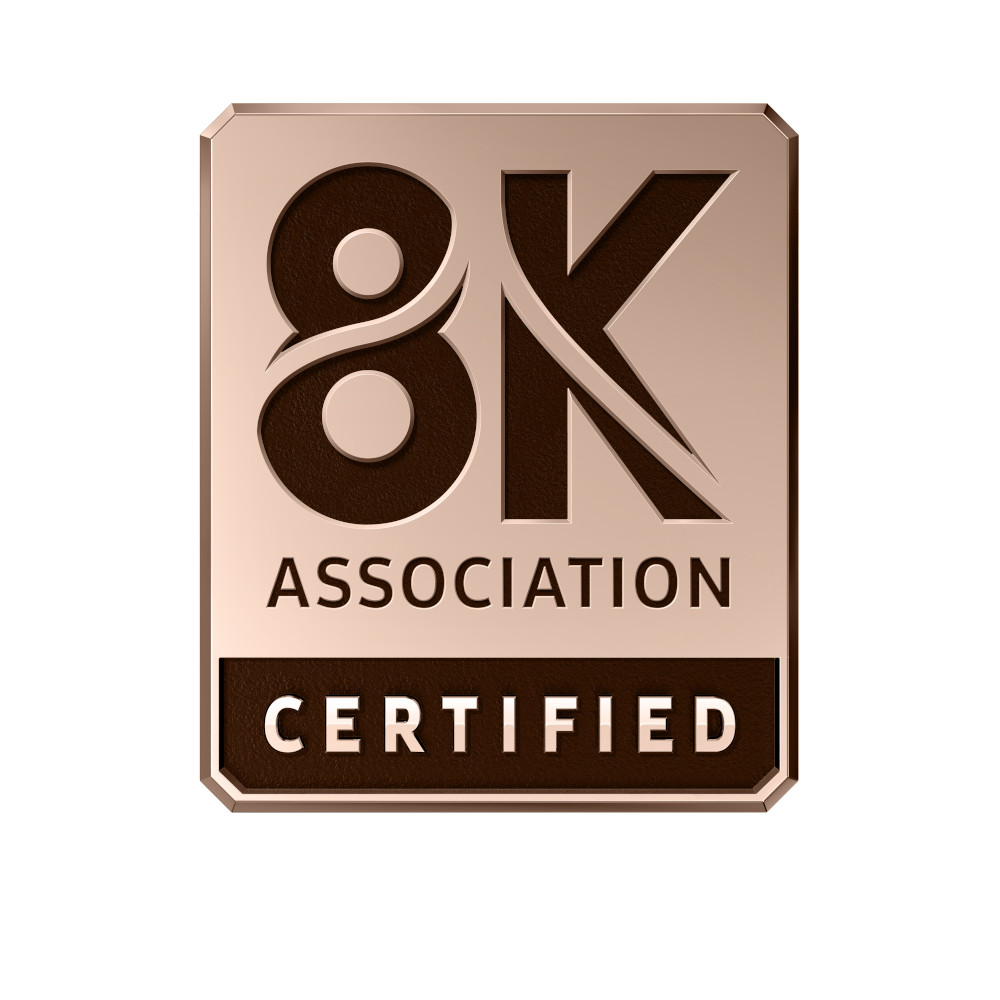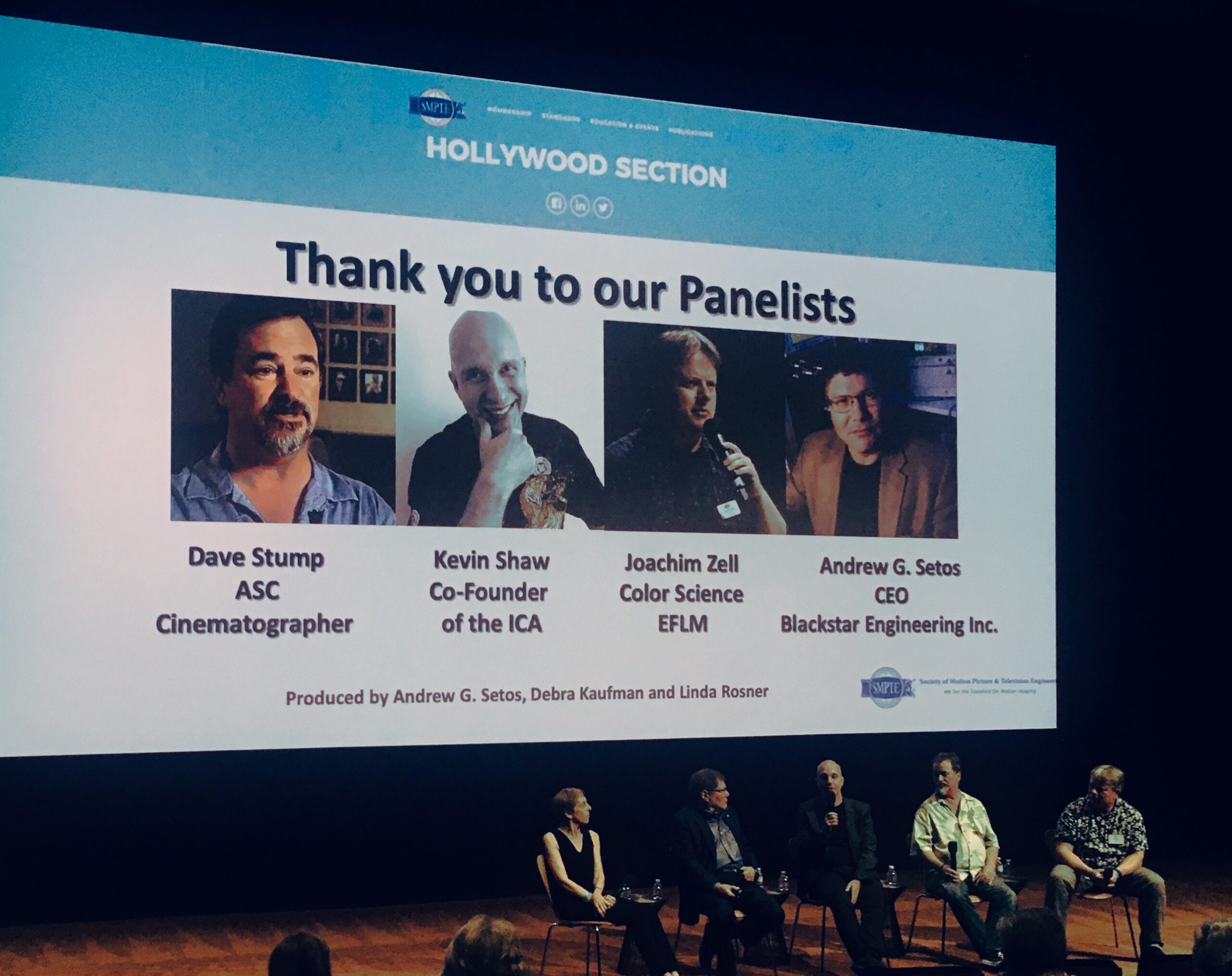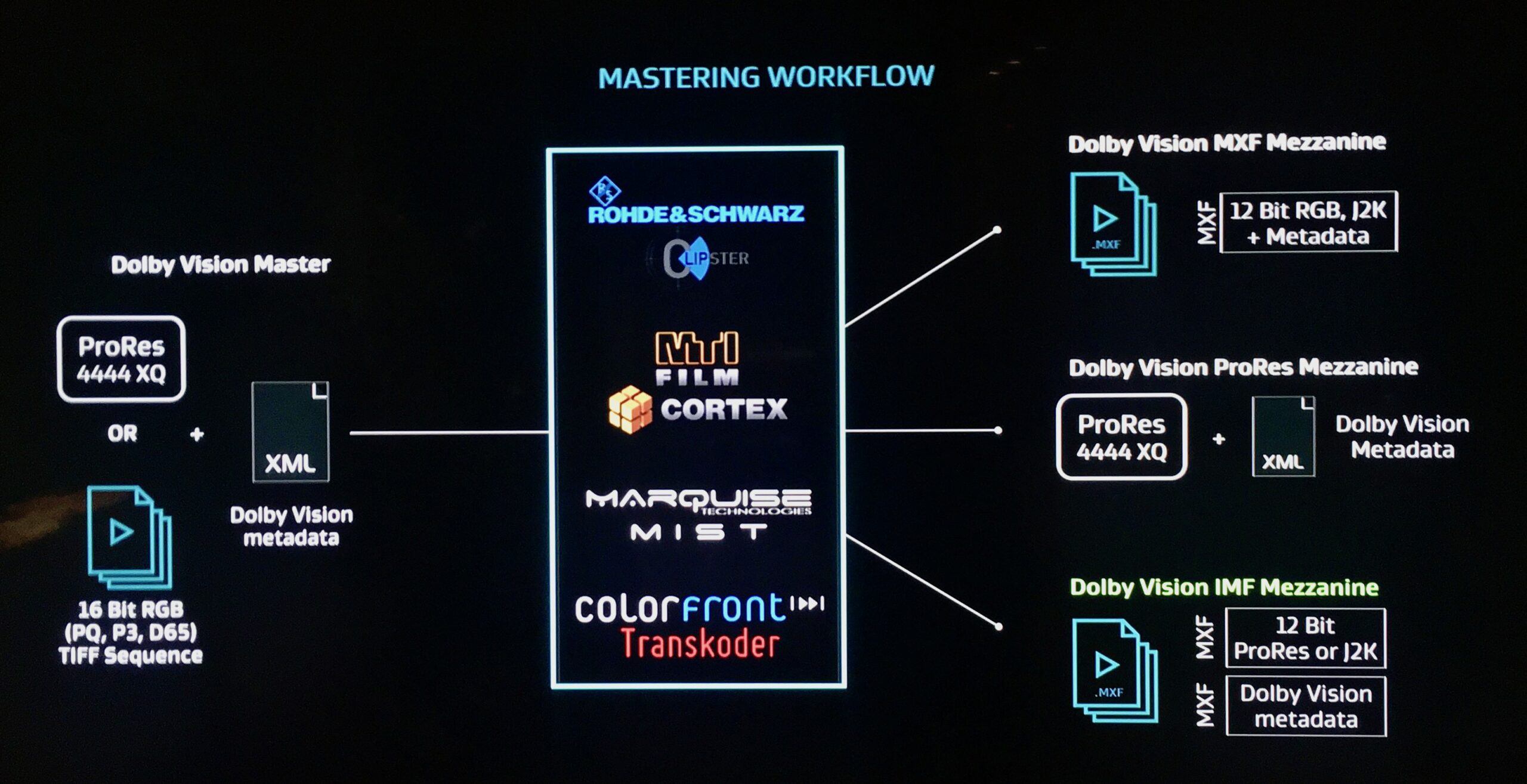It was only a few years ago that the idea of anyone needing or wanting – much less having available – 8K screens was beyond ridiculous. But here we are, a new decade and a new CES coming and a headline about 8K Association Certified Program Now Available for High Performance 8K TVs – and a new 3 Letter Acronym: 8KA.
The 8K Association represents 22 companies with skin in the game. Which will be the first to get an 8K unit into the carts of CostCo buyers? We know that they will be available in Japan for the Olympics, because LG just said so, and NHK has been at it for a long time
8K is now being broadcast in Japan – Newsshooter
Olympic broadcasters are really pushing 8K TV for 2020 in Tokyo
LG Begins 8K OLED TV Pitch In Japan Prior To Olympics | HD Guru
Here is the big pitch from the 8K Association:
Las Vegas, Nevada, Dec. 30, 2019 – The 8K Association (8KA), the leading cross-industry group promoting growth and harmonization throughout the 8K ecosystem, is pleased to announce that an 8K Association Certified program for 8K TVs is now available for 8K TVs that meet the exacting requirements outlined by the 8K Association. 8K Association Certified TVs feature 4 times as many pixels as standard 4K TVs for impactfully realistic clarity and deliver exceptional contrast and color for striking high dynamic range performance. Member companies of the 8K Association will be able to promote 8K TVs under the 8K Association Certified banner after each TV model’s performance criteria is validated by an independent Certification Program Manager. Under this certification program for 8K televisions, TV brands will be able to display the 8K Association Certified logo to consumers to demonstrate the verified high-performance characteristics of each TV model.
The 8K Association expects that many top TV brands will launch 8KA-Certified TVs in 2020 and will use the 8KA Certified logo in the marketing of those TVs.

- Promotion and certification of 8K TVs with the 8K Association Certified program back by robust compliance validation
- Expanded promotional activity for the 8K industry to create cutting edge demos showcasing the maturing nature of 8K products, production workflows, delivery options and display devices
- New initiatives to reach consumers to promote the 8K ecosystem wherever people are engaging around high-quality video content.
- Facilitate the adoption of higher efficiency 8K streaming technologies.
The 8K Association now counts 5 of the world’s leading panel manufacturers as members. According to the 8K Association’s estimates, these 5 leading suppliers represent over 70% of the global TV panel manufacturing capacity in 2019. With such strong support for 8K resolution technology among the majority of panel-makers, the momentum behind 8K display growth will continue to increase in the year ahead, ensuring that more consumers will be able to enjoy the performance benefits of an 8K TV in their home in 2020.
Looking ahead, the 8KA expects adoption of 8K in content creation, distribution and home penetration to follow a similar growth pattern as the rapidly successful adoption of 4K over the past several years, with 8K displays leading the way. Companies evaluating the impact of 8K or actively engaged in some aspect of the 8K ecosystem are encouraged to consider joining the 8K Association and helping to create the future.
Phillip Holland, a renowned 8K cinematography pioneer, commented about the release of the new 8K Association Certified program, “As a content creator and filmmaker, it is a joy to provide entertainment with such high visual standards to viewers around the world. 8K is much more than a resolution, it’s about creating a very high-quality viewing medium to present content in the best way possible. Now with the 8K Association Certified logo program, viewers can easily see if they are looking at a television that can accurately deliver that extremely high-quality 8K content.”
“8K is more than just a logo on a box. A true 8K TV needs to meet various picture quality criteria to deliver a superior viewing experience. The 8K association’s test criteria, which includes requirements for peak white and black levels, offers a standardized yet comprehensive means for manufacturers to self-certify the performance of their 8K offerings — to the benefit of the entire TV industry.” Mark Henninger – Editor, AVS Forum
“With the 2020 Olympic Games in Japan the first major event to be broadcast in 8K… barriers to uptake will begin to fall away” – Matthew Rubin, Futuresource
About the 8K Association:
The organization’s mission is to grow appreciation and awareness of 8K products which will provide an even higher level of enjoyment which is paramount to large screen entertainment. Its activities include development of performance and interface specifications, compliance logo programs, education and coordination with 8K ecosystem developers to help build the 8K market.
The 8K Association (8KA) has quickly grown its membership to now include 22 leading companies at the forefront of deploying 8K content and technology. Its membership constitutes global leadership in consumer electronics, display manufacturing, ingredient technology providers as well as content and distribution. With its membership focused on growth of the 8K ecosystem, the association’s activities are coordinated through five active work groups, including: Technology, Marketing, Certification, Content & Distribution, and Legal.

